
For much of my life, I thought my digestive struggles were purely about food. If I could just find the “right diet,” I’d finally be free of migraines, nausea, and constipation. Food played a huge role in my healing, yes, but there was another missing piece that I didn’t understand until much later: my body was literally holding onto tension that restricted my gut’s ability to function. The hidden culprit was something I had barely heard of before—fascia.
What Is Fascia?
Fascia is the connective tissue that surrounds and weaves through every muscle, organ, bone, and nerve in your body. Think of it as a three-dimensional web that holds everything in place. When fascia is healthy, it’s flexible, hydrated, and allows smooth movement and circulation. But when it becomes tight, dehydrated, or restricted, it compresses structures in the body—including the organs of digestion. Over time, this tension can slow motility, limit nutrient absorption, and contribute to bloating, constipation, and inflammation.
The Fascia–Gut Connection
When most people think of gut health, they think of probiotics, diet, or supplements. But the physical structure of the gut matters just as much. If your abdominal fascia is tight, your organs don’t have the space they need to move and expand. The diaphragm, which plays a major role in digestion, can’t fully drop on the inhale. Circulation is restricted, which means nutrients and oxygen can’t reach tissues efficiently, and waste products aren’t cleared as quickly. Even your lymphatic system—which helps detoxify and regulate immunity—can get sluggish when fascia is constricted.
My Discovery of Fascia Release
After years of working on my gut with food, I still felt there was something holding me back. I had made progress, yes, but tension lived in my body like a constant hum. My posture was tight, with regular tension in my neck and shoulders and I never utilized my fifth toe! That’s when I discovered Block Therapy—a fascia release practice using a wooden block or even a rolled towel. The first time I tried it, lying with the block under my belly button, I was shocked by how much emotion and tightness I had been holding in my core. Over time, I noticed my digestion improve, my posture open, and my overall energy shift. It was like I had freed my gut from a cage I didn’t even realize was there.
Signs Your Fascia May Be Restricting Digestion
Not sure if fascia is affecting your gut? Here are some clues that tension may be at play:
- Shallow chest breathing instead of deep belly breaths
- Poor posture, rounded shoulders, or a collapsed chest
- Chronic bloating or constipation despite dietary changes
- Feeling of “tightness” or compression in the abdomen
- Low back or hip pain that seems connected to digestion
- Fatigue or brain fog that doesn’t fully improve with food alone
Many of these symptoms overlap with gut imbalances, which is why fascia is often overlooked. But when you address both diet and structure, the results can be transformative.
How Fascia Release Supports the Gut
Here’s what happens when you begin to release fascia in your belly and core:
- Improved Circulation: Blood and oxygen flow more freely, nourishing the gut lining and microbiome.
- Better Lymphatic Flow: Waste products and toxins move out more efficiently, reducing inflammation.
- Enhanced Motility: Fascia release supports the natural wave-like contractions of the intestines.
- Relaxed Nervous System: Gentle fascia work stimulates the parasympathetic state—the “rest and digest” mode.
- Space for Breathing: The diaphragm moves more fully, massaging the organs and stimulating digestion.
Each of these shifts supports the foundation of gut health, amplifying the work of diet, probiotics, and lifestyle changes.
Simple Fascia Release Practice
You don’t need special tools to start. Here’s a simple way to begin exploring fascia release at home:
- Roll up a towel to about 4–6 inches in diameter.
- Lie face down with the towel placed just below your belly button.
- Rest your body weight onto the towel, allowing your abdomen to gently sink in.
- Breathe deeply, expanding into your belly on the inhale, softening on the exhale.
- Stay for 3- 5 minutes, noticing any sensations or shifts.
At first, you may feel tenderness or resistance. That’s normal. Over time, this practice helps hydrate fascia, release tension, and create space for better circulation and digestion. Always move gently, respecting your body’s pace.
My Biggest Breakthrough
For me, the breakthrough wasn’t just physical—it was emotional. As my fascia released, I realized how much stress and grief I had been holding in my core. My gut had carried decades of unprocessed pain alongside the physical tension. Releasing fascia gave me permission to soften, to breathe, and to let go. This shift created not only better digestion but also a deeper sense of resilience and peace. It reminded me that healing isn’t just about what we eat—it’s about how we inhabit our bodies.
Building a Fascia-Friendly Lifestyle
If you want to support your fascia every day, consider these practices:
- Stay Hydrated: Fascia thrives on hydration. Sip water throughout the day.
- Move Often: Gentle stretching, walking, or yoga keep fascia pliable.
- Practice Good Posture: Notice if you’re collapsing your chest or clenching your belly. When standing or walking, have your palms turned facing forward - this is the anatomical postion.
- Combine With Breath: Deep, diaphragmatic breathing enhances fascia release.
- Release Slowly: Fascia unwinds with time, not force. Patience matters.
These small, consistent habits compound into lasting change, creating an internal environment where your gut can thrive.
Takeaway
Fascia may be an overlooked piece of the gut health puzzle, but it plays a vital role in how well your digestion functions. By releasing tension and improving circulation, you create the conditions for your gut to heal and flourish. Food matters, yes—but so does structure. When you bring both together, you step into a more complete and holistic path to wellness.
Learn more about Block Therapy, developed by Deanna Hansen at https://blocktherapy.com/ I share an overview and links in this handout: Block Therapy Info


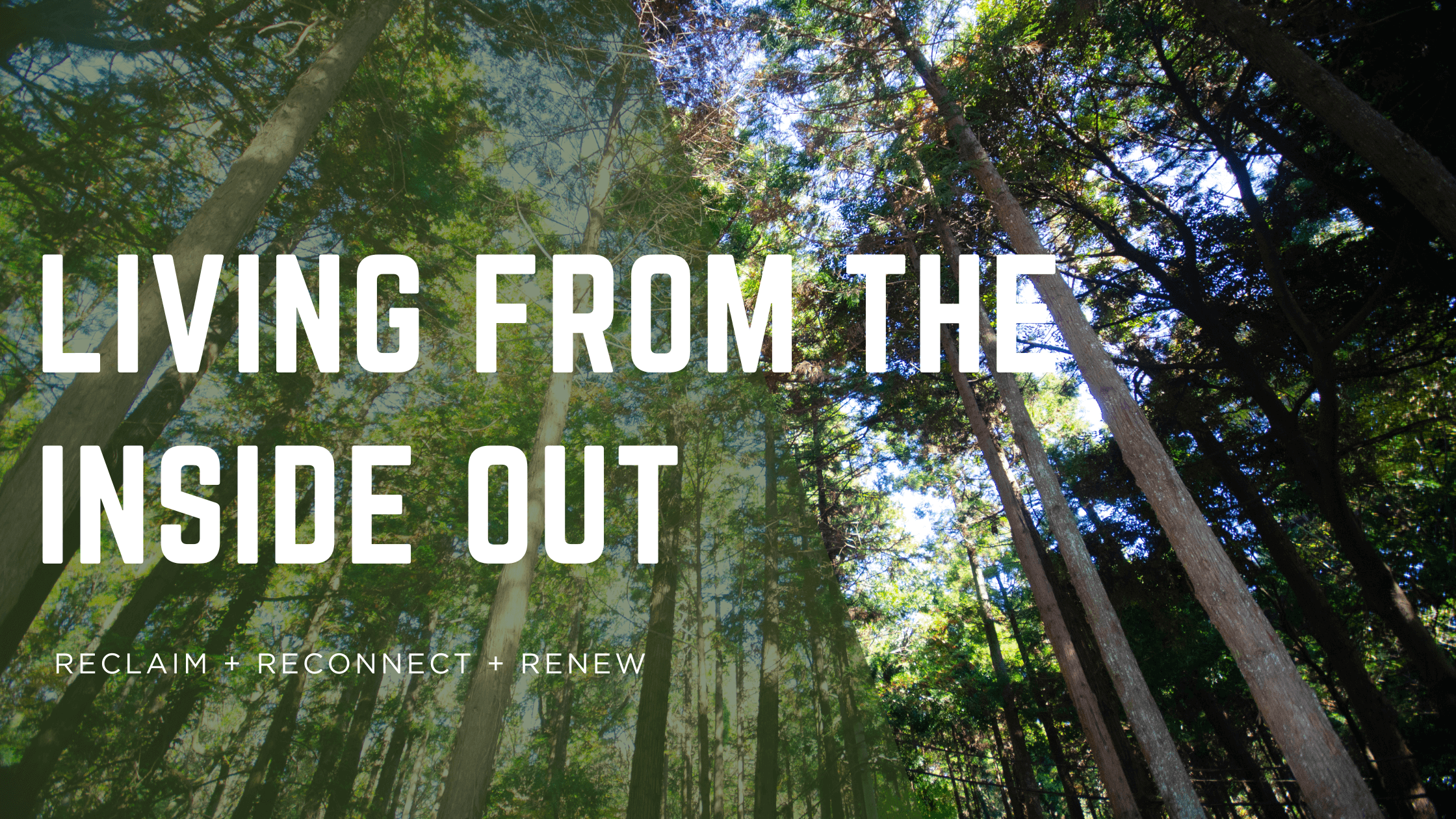

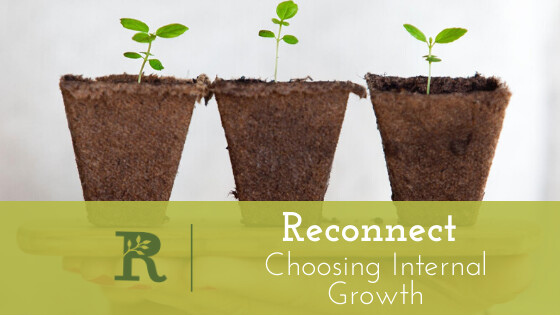




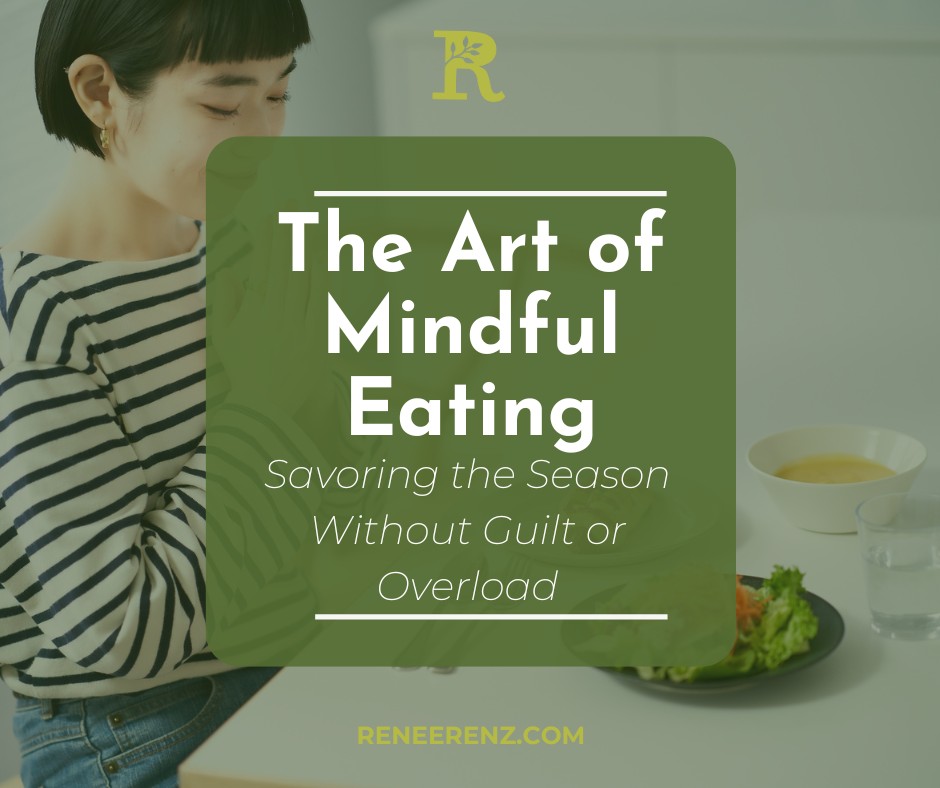
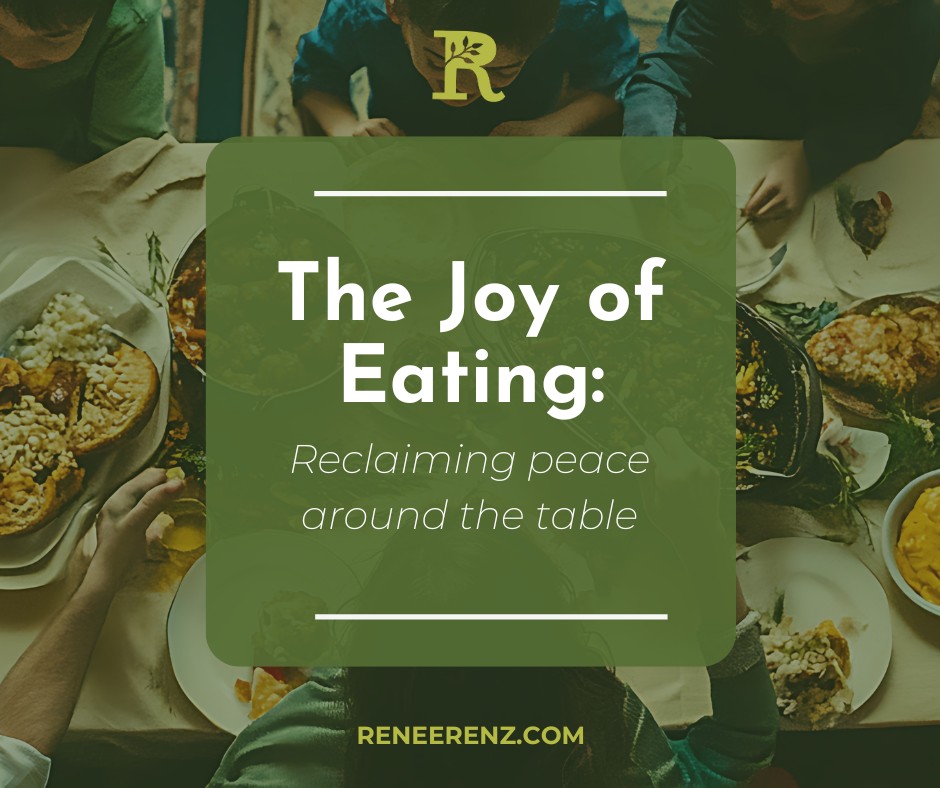

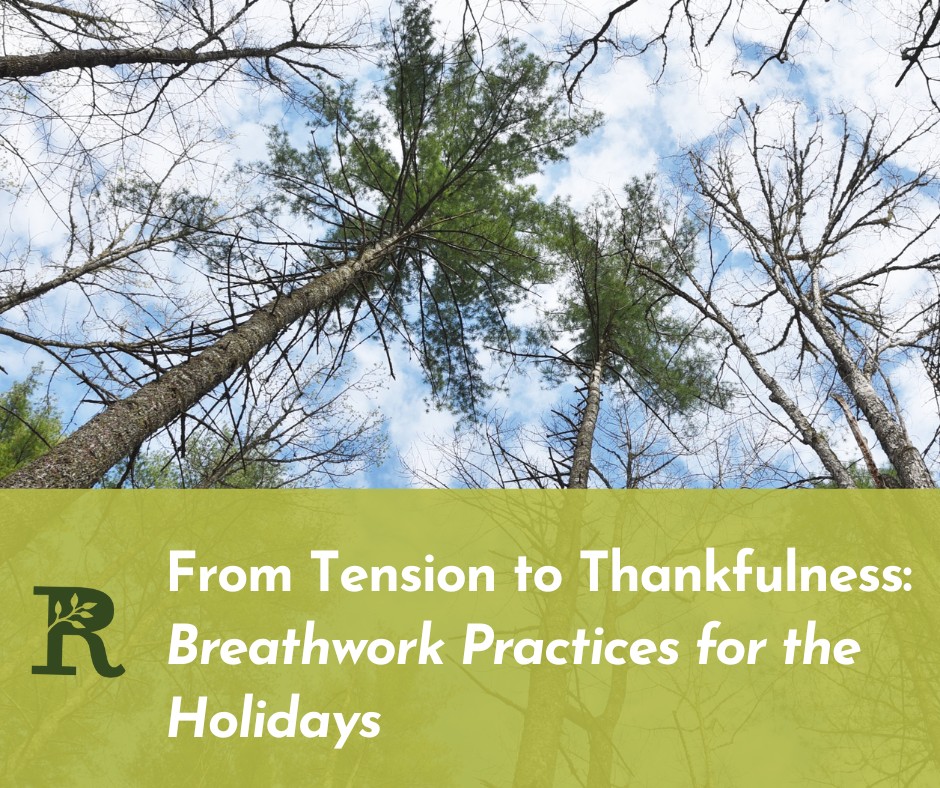
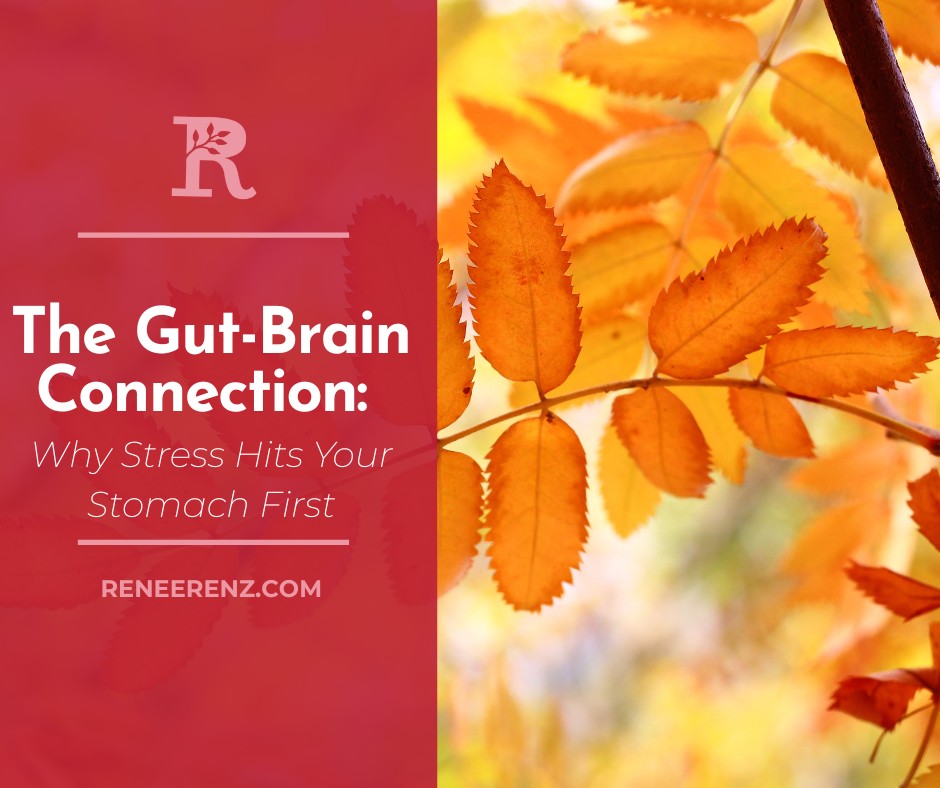








0 Comments